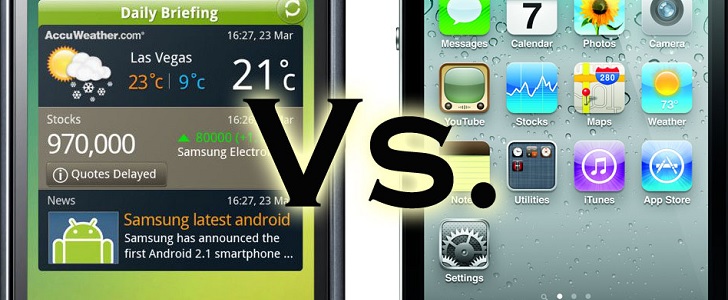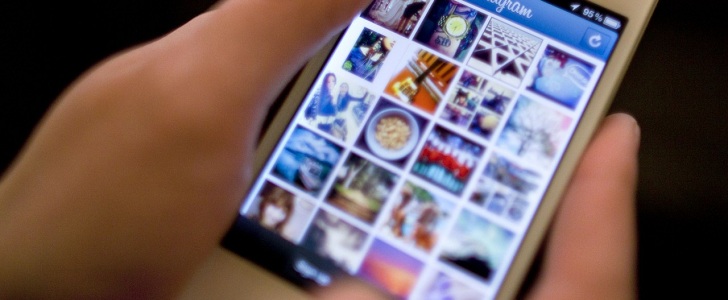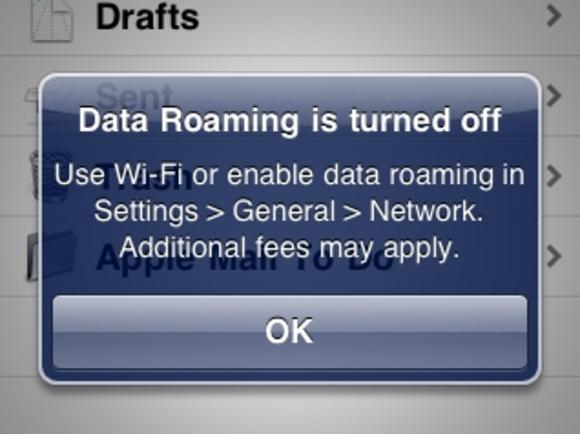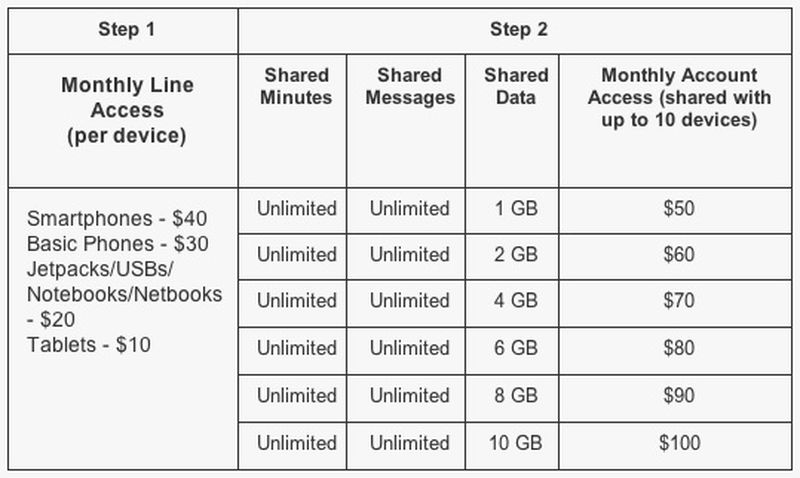The AT&T store of the future in Huntington Beach, CA
I was invited down to the AT&T store in Huntington Beach to check out their new interactive store of the future. This is the second store of its kind in the Los Angeles market and it is the first store in LA that is a brand new store vs doing a remodel on an older store.
There was a team of people on hand and they took us around in groups of 12 or so to show us the different stations that they had setup in the store. There was beer, wine and snacks (which always works for me). Before we got started, people hopped up on the mic to talk about what was going to happen that including Ryan C from Yelp.
One thing that caught my ear was that they were going to be giving away a Braven BRV-X to the person that posts the best picture on social media using the hashtag #storeofthefuture. This thing is dubbed the World’s Best Outdoor Speaker and it is pretty high end so I went to work on taking pics and hashtagging.
I hooked up with some old friends and met some new ones. After learning a bunch of stuff about this new store it came time to announce the winners of the various contests that they had going on throughout the night.
First up was the announcement of the Braven BRV-X, which I won! In a different contest I also won an iFrogz GoLite 7800 phone charge/flashlight combo so I had my hands full with awesome swag from AT&T when I left.
Here are a few of the gadgets that I checked out and liked.
This Samsung Galaxy Gear Neo Smartwatch is pretty awesome #storeofthefuture #yelp @yelpoc http://t.co/p1lMVOZEq4
— Louie Baur (@louiebaur) August 16, 2014
TJ is educating us on the vast capabilities of AT&T U-verse #storeofthefuture #yelp @YelpOC pic.twitter.com/G5h3jiOkz3
— Louie Baur (@louiebaur) August 16, 2014
Nice so AT&T is in the security business as well. ADT needs the competition lol #storeofthefuture #yelp @YelpOC pic.twitter.com/snn6HGSNWX
— Louie Baur (@louiebaur) August 16, 2014
Talking about the Audiovic Car Connection with Cynthia & Alison #storeofthefuture #yelp @YelpOC pic.twitter.com/2pORJGBoOD
— Louie Baur (@louiebaur) August 16, 2014
Amazon Fire Phone #storeofthefuture @YelpOC #yelp pic.twitter.com/zfIpVfo7nZ
— Louie Baur (@louiebaur) August 16, 2014
Samsung galaxy gear fit. track steps monitor heart rate and check email right from your wrist #storeofthefutere pic.twitter.com/n3VtsTEaCz
— Louie Baur (@louiebaur) August 16, 2014
The store of the future is broken up into these 5 sections
- Music Station
- Automation Pavilion
- Entertainment Pavilion
- Explorer Wall
- Community Tables
Here is the video:
Here are the images of the night:






















![Tips to avoid international mobile expenses 22 What's Eating Up Your Data Plan? [Infographic]](https://www.techi.com/wp-content/uploads/2012/12/Xigo_Avoiding-Outrageous-International-Mobile-Expenses.v.5b.jpg)




